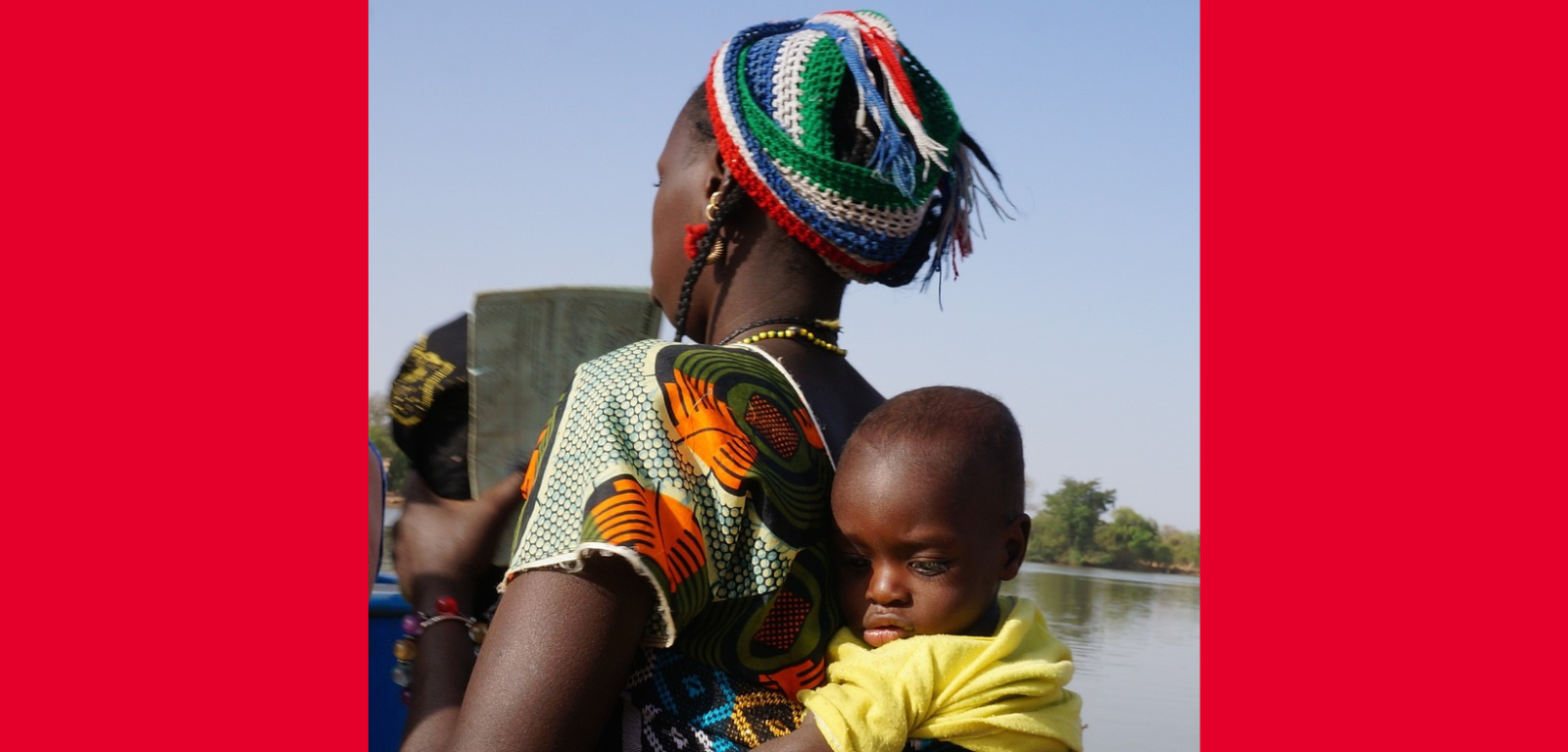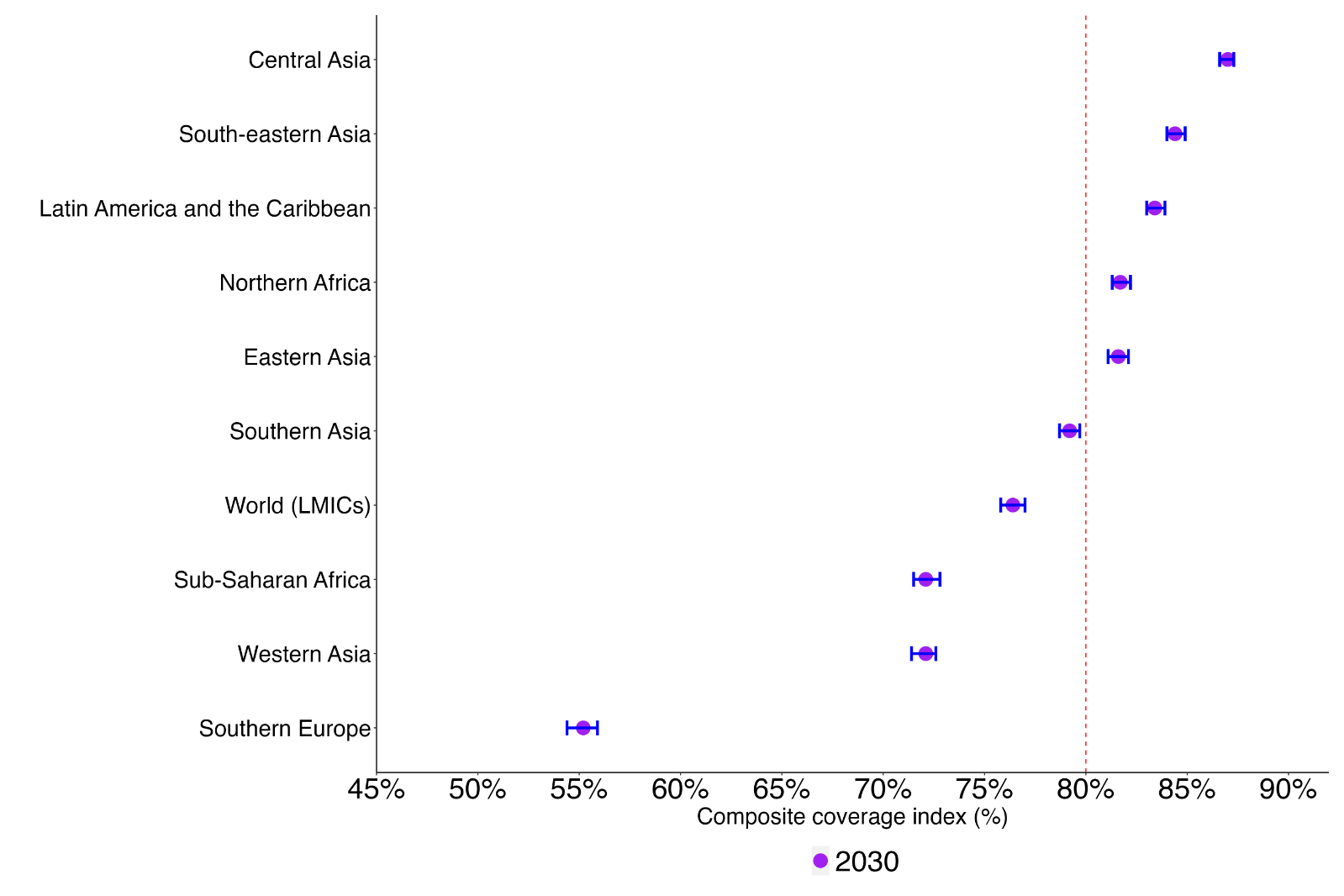Study shows effort required to meet 2030 UN Goal in reproductive, maternal, newborn & child health
A new study highlights that only 18 of 70 lower and middle income countries (LMICs) will meet the 2030 Sustainable Development Goal (SDG) target in relation to reproductive, maternal, newborn, and child (RMNCH) healthcare services.

The study was led by led by researchers from Hitotsubashi University, Tokyo, Queen’s University Belfast, the Global Public Health Research Foundation, Dhaka, and the World Health Organization (WHO).
The findings have been published in the Lancet Global Health.
This study represents the most comprehensive and up-to-date evaluation of the progress in reproductive, maternal, newborn, and child healthcare services coverage in LMICs towards meeting the SDG 3.8 target.
The study used the composite coverage index (CCI) to evaluate reproductive, maternal, newborn, and child healthcare services advancement of LMICs towards the attainment of the UN’s Sustainable Development Goals (SDGs).
The CCI is calculated on the basis of eight types of RMNCH interventions in four areas, comprising family planning, antenatal care, immunisations, and management of childhood illnesses for 70 countries.
To meet the Sustainable Development goal 3.8 Target, LMICs must meet 80% CCI coverage in reproductive, maternal, newborn, and child healthcare services.
Using large-scale datasets, the research found that overall RMNCH coverage has improved across all regions, from 2000 to 2020 and the model predicted that these improvements would continue.
Surprisingly, the reverse was true for southern Europe, where coverage declined from 70.1% in 2000 to 60.4% in 2020 and was predicted to decline to 55.2% in 2030.
Regionally, CCI is projected to increase in all regions of Asia (in southern Asia from 51.8% in 2000 to 89.2% in 2030; in southeastern Asia from 58.8% to 84.4%; in central Asia from 70.3% to 87%; in eastern Asia from 76.8% to 82.1%; and in western Asia from 56.5% to 72.1%), Africa (in sub-Saharan Africa from 46.3% in 2000 to 72.2% in 2030 and in northern Africa from 55% to 81.7%), and Latin America and the Caribbean (from 67% in 2000 to 83.4% in 2030).

However, despite these improvements across most regions in CCI coverage of reproductive, maternal, newborn, and child healthcare services, only 18 countries will reach the actual SDG target of 80% CCI coverage by 2030.
Professor Mizanur Rahman, of Hitotsubashi University Japan, the research lead for the study, stated: “Strengthening reproductive, maternal, newborn, and child health care services is crucial to reduce maternal and child mortality. Governments of countries where the universal target of 80% CCI has not yet been reached must develop evidence-based policies aimed at enhancing these services.”
Professor Maria Lohan from the School of Nursing and Midwifery at Queen’s University Belfast, explains: “The study not only gives us estimates of where we are at on the SDG target of healthcare coverage in reproductive, maternal, newborn, and child health care services, but also sheds light on what is required to make substantial shifts to meet this target.
“Our analysis showed that systemic interventions including investment in the education of girls and women, provision of health services in rural areas, and investment in universal outpatient coverage are expected to result in a global benefit of enhanced reproductive, maternal newborn and child health care services.”
Professor Rahman and Dr Ali of the World Health Organization stated that: “This research makes two important contributions by first providing evidence-based predictions of progress on the sustainable development goal target 3.5 at a regional and national and sub-national level. Second, it considers key underpinning factors such as socioeconomic status, maternal educational status, and area of residence using a Bayesian hierarchical model.
“This multi-layered analysis is essential for governments and international organisations to guide optimal interventions and drive future progress to where it is most needed.”
The research was funded by Hitotsubashi University and the Japan Society for the Promotion of Science.
Media
Media inquiries to Sian Devlin at s.devlin@qub.ac.uk